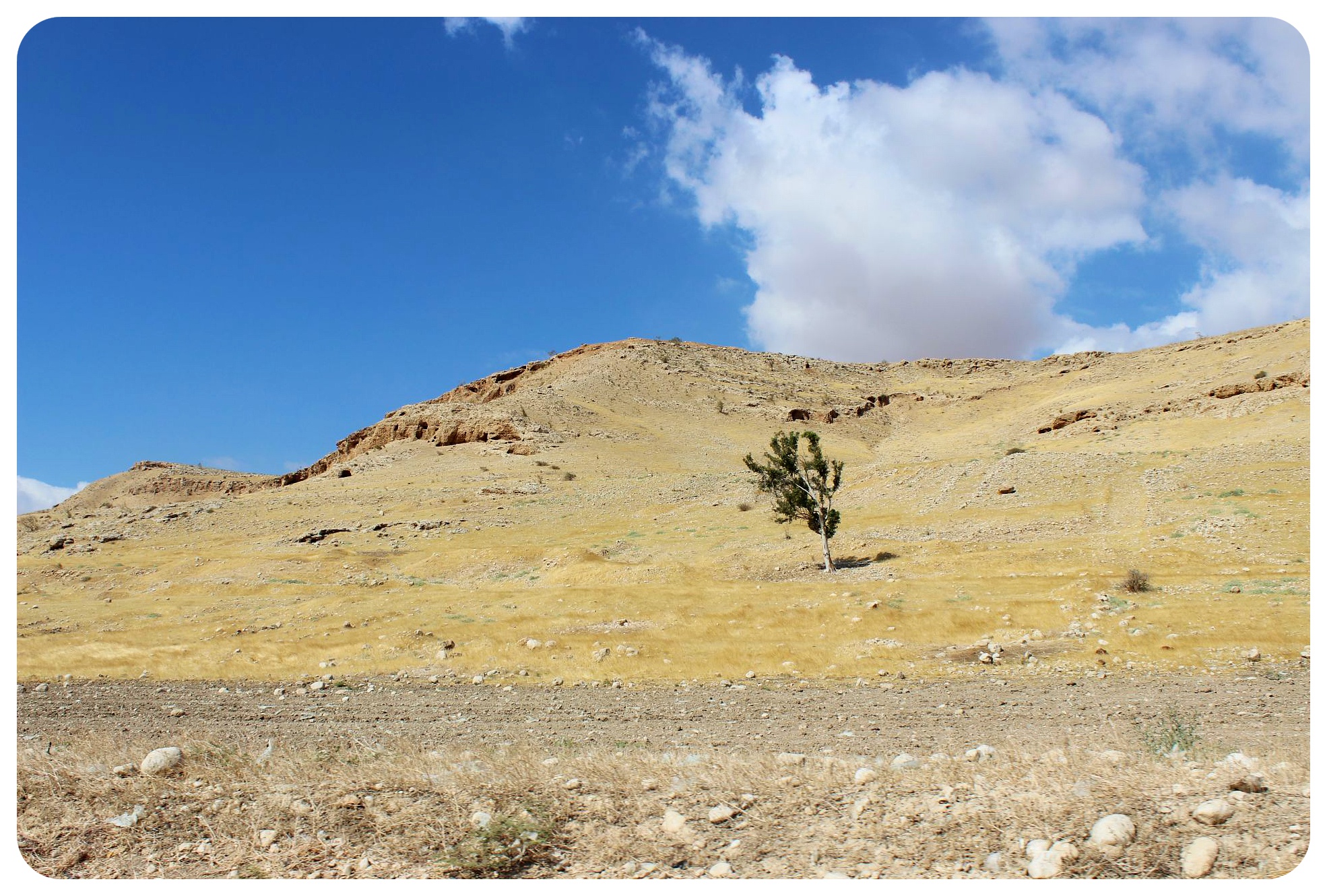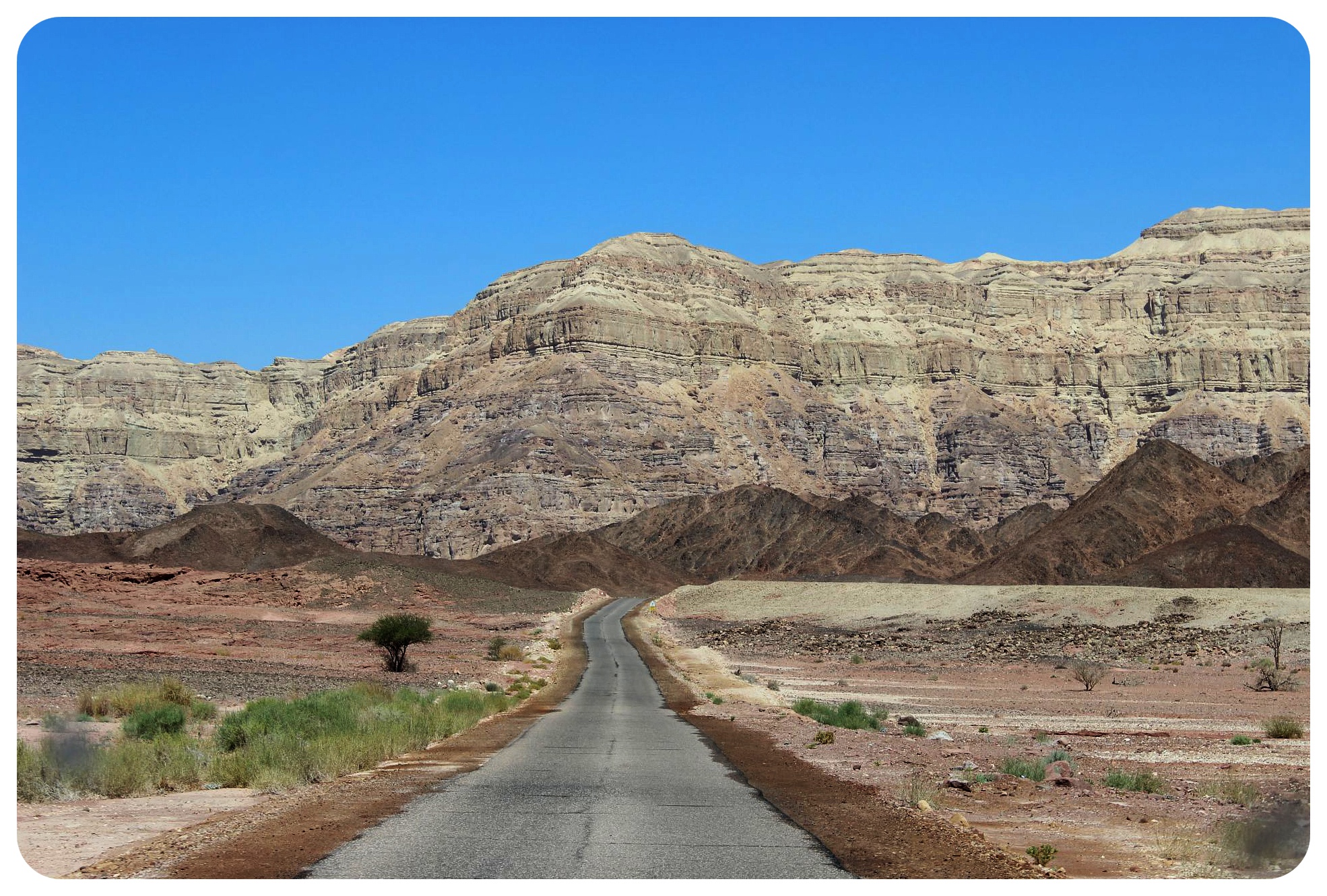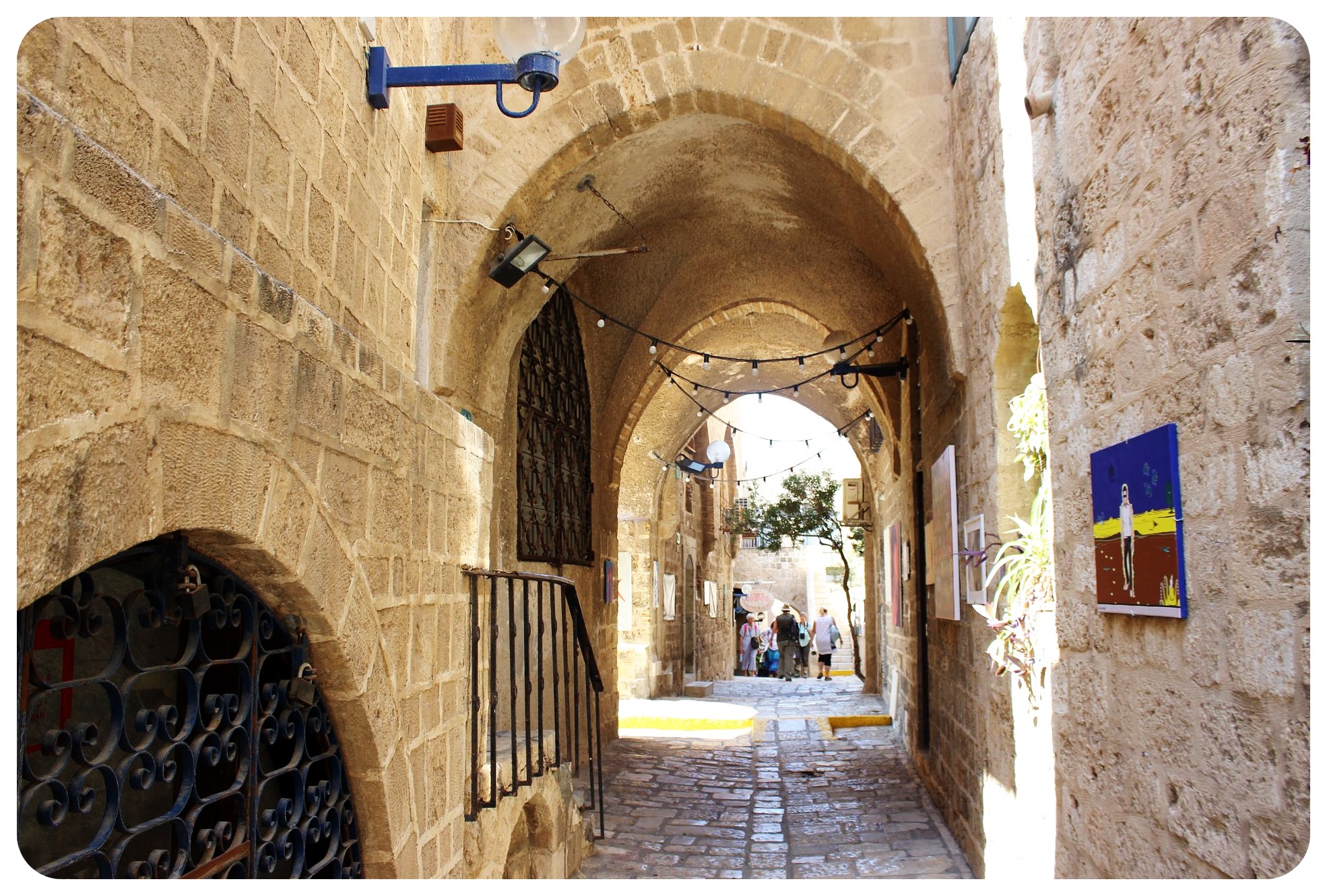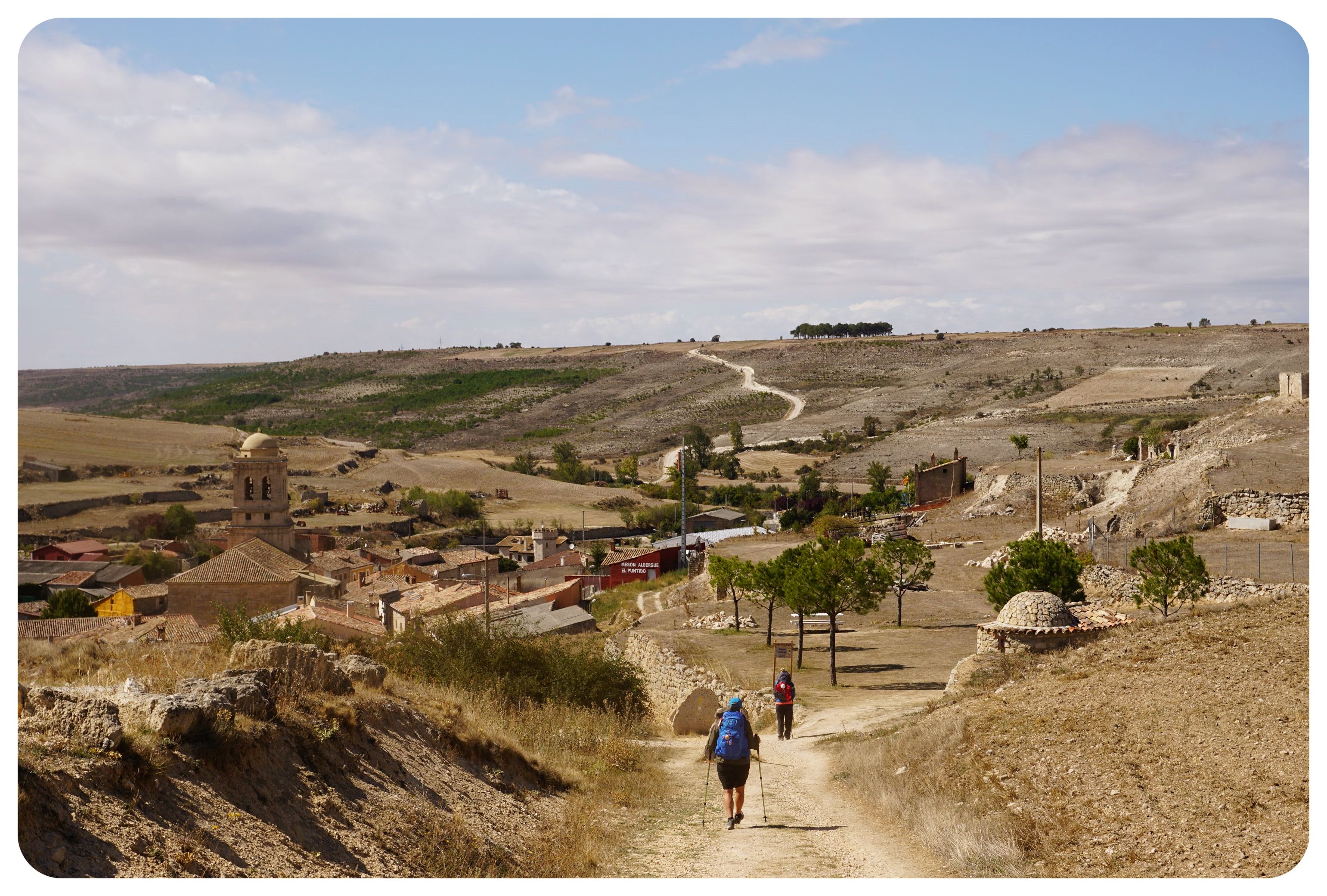Last Updated on December 19, 2023
Embarking on a journey along the world’s oldest roads is not only a thrilling adventure for car enthusiasts but also a captivating experience for history buffs. This exploration takes you through a labyrinth of bygone civilizations, their engineering marvels, and the enduring legacy they left on our modern world. As you traverse these ancient pathways, you might even find the perfect vehicle for your journey at a car auction Canada, a haven for auto fans.
The Allure of Ancient Roads
The world’s oldest roadways are more than just routes; they represent physical imprints of human civilization’s evolution. From the stone-paved streets of ancient Mesopotamia to the sophisticated Roman road networks, these roads reflect early societies’ inventiveness and perseverance. Driving on these roads today is about the feeling of connecting with history rather than the destination.
1. The Royal Road of Persia
The Royal Road of the Persian Empire is one of the first known road systems. This route, built by King Darius I in the 5th century BC, stretched over 2,600 kilometers and facilitated speedy communication throughout the empire. Parts of this path can be explored by modern travelers in Turkey, where ancient stones tell of Persian couriers and armies.
Today, traveling the Royal Road of Persia is like taking a trip back in time, displaying the magnificence and strategic importance of this historic route. As it passes across Turkey’s many landscapes, relics of the past can be seen in the well-preserved parts and ruins that line the road. Travelers meet a variety of terrains, from rocky mountain passes to peaceful valleys, each presenting a unique view of the immensity of the Persian Empire.
Along the way, historical markers and old milestones serve as silent reminders of the road’s importance in connecting numerous towns and territories under Persian control. The journey is enhanced by the historical resonance felt with each mile, as one imagines the innumerable feet, hooves, and wheels that formerly crossed this imperial path.
2. The Via Appia of Rome
The Via Appia in Rome, built in 312 BC, is widely regarded as one of the greatest engineering marvels of all time. It connected Rome to Brindisi across 560 kilometers, facilitating military movements and trade. A trip along this historic highway now provides a look into the grandeur of the Roman Empire, with ruins of ancient cities and architecture dotting the countryside.
The Via Appia is a testimony to Roman engineering and vision, with its straight and steadfast route. This historic route meanders through the gorgeous Italian countryside, past vineyards and olive groves, and is paved with broad, flat stones. Its route is dotted with historic sites like the catacombs, ancient aqueducts, and well-preserved Roman milestones that previously denoted distances in Roman miles.
The Appian Way Regional Park near Rome is notably rich in historical and archaeological treasures. As passengers drive south, the road exposes Italy’s varied landscapes, from the hectic outskirts of Rome to the tranquil rural parts of Campania. Each section of the Via Appia provides a unique glimpse into ancient Rome’s daily life, from bustling urban areas to quiet country villas, all linked by this enduring testament to Roman ambition and innovation.
3. The Silk Road
The Silk Road, while not a single road but a network of trade routes, was critical in connecting East and West. It was the lifeline for the flow of trade, culture, and ideas, spanning 6,000 kilometers. Driving down parts of this legendary Central Asian route, one can envision the caravans that previously crossed these paths, bearing silk, spices, and stories.
The Silk Road route is a patchwork of varied landscapes and cultures, providing a one-of-a-kind blend of history and natural beauty. The road winds through Central Asia, passing through enormous deserts, high mountains, and green valleys. Key sections of the Silk Road run through historically significant cities such as Samarkand and Bukhara in Uzbekistan, where old architecture and lively bazaars mirror the Silk Road’s grandeur. The Silk Road path traverses the difficult Taklamakan Desert in China, highlighting the challenges faced by ancient traders.
Along the journey, the ruins of caravanserais – old roadside inns – offer glimpses into the lives of travelers who stopped here centuries ago to rest and refresh. Each section of the Silk Road tells a different story, from the treacherous Pamir mountain passes to the peaceful oases that provided refuge to weary travelers, making a voyage along this renowned road a genuinely immersive historical experience.
Preserving History
As much as these roads are fascinating, they are also fragile. Preserving them is crucial for future generations. Governments and international organizations are working to protect and restore these ancient pathways, ensuring that they remain not just in history books but as living monuments to our collective past.
Conservation Efforts
Depending on the road, conservation efforts differ. Some restoration initiatives, such as those along the Via Appia, have been ongoing for decades. These programs strive to strike a balance between historical preservation and modern-day needs, ensuring that the roadways remain functional while retaining their historical integrity.
These conservation efforts frequently require detailed archeological study and thorough restoration, a task that necessitates coordination among historians, architects, and engineers. Conservation efforts in areas such as the Royal Road of Persia focus on maintaining and preserving existing structures while documenting and protecting the route’s long history. Similarly, efforts are being made along the Silk Road to preserve not only the physical corridor but also the rich cultural legacy of the surrounding communities. International collaboration is essential since these historic highways frequently traverse many modern-day countries.
UNESCO’s involvement in Silk Road preservation, for example, brings together many countries, underlining the significance of these routes as a common human legacy. This comprehensive conservation approach not only maintains these ancient roads but also educates and inspires current and future generations about their historical value.
The Role of Modern Travelers
Car owners and tourists play a vital role in the preservation of these ancient roads. By respecting the sites and following local guidelines, visitors can help minimize damage. Moreover, sustainable tourism practices contribute to the local economies, aiding in the preservation efforts.
The Future of Ancient Roads
The future of these ancient pathways lies in the delicate balance between preservation and adaptation. As technology advances, so does the need to integrate modern infrastructure with historical sites. This challenge is being met with innovative solutions, ensuring that these roads continue to be a bridge between past and present.
Technological Integration
Advancements in technology, such as virtual reality and augmented reality, offer new ways to experience these ancient roads. By using these tools, travelers can see the roads as they once were, enriching their understanding of history and its impact on the present.
Educational Opportunities
Educational programs and guided tours along these roads provide in-depth knowledge about their historical significance. These initiatives not only enhance the visitor experience but also foster a deeper appreciation of our shared heritage.
The world’s oldest roads are more than just pathways for vehicles; they are the conduits of history, connecting us to civilizations long gone. As car owners and history enthusiasts embark on these journeys, they are not just driving on roads; they are traveling through time, experiencing the marvels of human ingenuity and endurance. These ancient roads remind us of our shared history and inspire us to preserve these treasures for future explorations.





